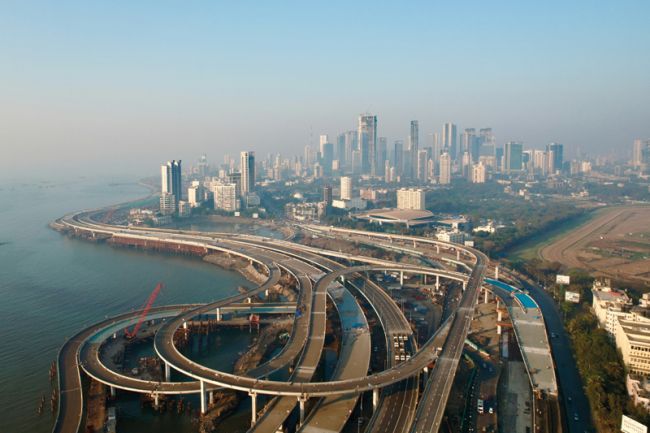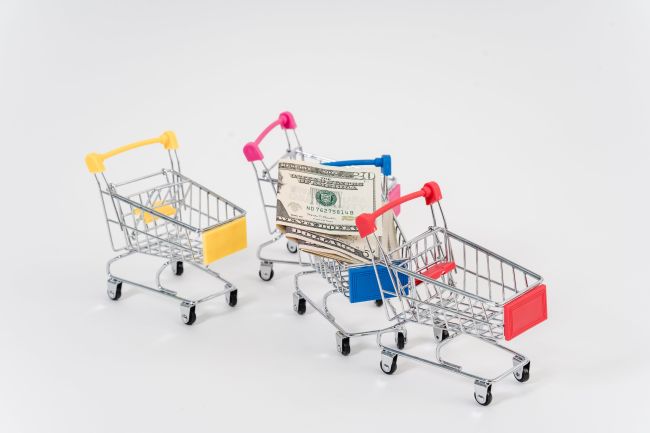Canada’s uneven economic recovery
The pandemic created an uneven shock on the economy and labour market, which is still being felt today, roughly two and half years later.

The COVID-19 pandemic was a global reminder of how economically vulnerable and interdependent we are. The pandemic struck Canada largely in March 2020, creating an uneven shock on Canada’s economy and its labour market, which is still being felt today, roughly two and half years later. Shutdowns and uncertainties had significant negative impacts on industries dependent on in-person interactions, wage-earners in lower-paying jobs, and those in rural regions. Canada continues to face potential challenges related to productivity, debt, and inequality as it strives to nurture a diversified, resilient, and innovative economy.
Looking at Canada’s monthly real industry output, as captured by the Gross Domestic Product (available in Statistics Canada Table 36-10-0434-01, released on October 28, 2022), the uneven nature of Canada’s economic recovery across industries becomes disturbingly clear. Using the pre-pandemic month (February 2020) as a reference point when the majority of Canada’s industries reached their peaks, we can then see where those industries were in the latest month of data available (August 2022). Some industries were able to adjust and recover relatively quickly, even within a few months. Meanwhile, there are some industries that were hit hard, such that they still have not recovered.
The economy on aggregate recovered and surpassed its pre-pandemic high in November 2021. Canada’s economy has been pushing ahead on aggregate, such that the total real output was up 2.6 per cent in August 2022 relative to February 2020. The highest relative gains were posted by industries that were less dependent on in-person interactions: agriculture, forestry, fishing and hunting (+11.9 per cent), and professional, technical and scientific services (+8.7 per cent).
Aggregates and averages can often be deceivingly optimistic. Despite Canada’s total economy rejoicing in its recovery, some industries are far from it. Most notably, industries that are highly dependent on economic interactions continue to struggle, thus posting the highest relative losses: transportation and warehousing (-8.3 per cent), and arts, entertainment and recreation (-8.0 per cent). These two struggling industries are highly dependent on healthy economic activity, revealing how Canada’s economic recovery is alarmingly uneven and unhealthy.
Once we dig deeper into the transportation and warehousing industry, we see that it is, in fact, the transportation sector that is significantly down (-9.2 per cent), while the smaller warehousing sector has considerably recovered (+10.9 per cent). And even within the struggling transportation sector, some sectors are down more than others. Since February 2020, air transportation has suffered the biggest relative blow (-36.0 per cent), followed by transit, ground passenger, scenic and sightseeing transportation (-26.5 per cent). On the other hand, some transportation sectors were able to recover, such as water transportation (+19.6 per cent) and rail transportation (+0.1 per cent). The differences in economic paths highlight the complexities of economic recovery.
The uneven impacts over the past two years spilled to earnings, with wage-earners in lower-paying jobs disproportionally more burdened by the pandemic than salary-earners in higher-paying jobs, intensifying wealth inequality and housing unaffordability. Furthermore, regional differences were deepened by the pandemic, with Canada’s diversified urban regions recovering and experiencing job gains while the resource-focused rural regions continue to struggle.
Given all the stimulative fiscal and monetary policies over the past two years, the inevitable expected result was inflation, intensified by the ongoing global supply issues. In response to global inflation, central banks around the world, including the Bank of Canada, proceeded to raise interest rates. Since the interest rate is the price of money, then anything that depends on it becomes more expensive. This tends to restrain economic activity and cool down the economy. This is unfortunate for many of the industries that have still not recovered, as their recovery consequently becomes more costly and more elusive. This is especially true for sectors that require financing for investments and infrastructure projects. Meanwhile, the highly indebted Canadian households just hope that the shaky economic engine, which is being doubtfully tamed will spur some earnings to lessen the huge burden.
Written by Eldar Sehic, Principal Consultant, Steer













